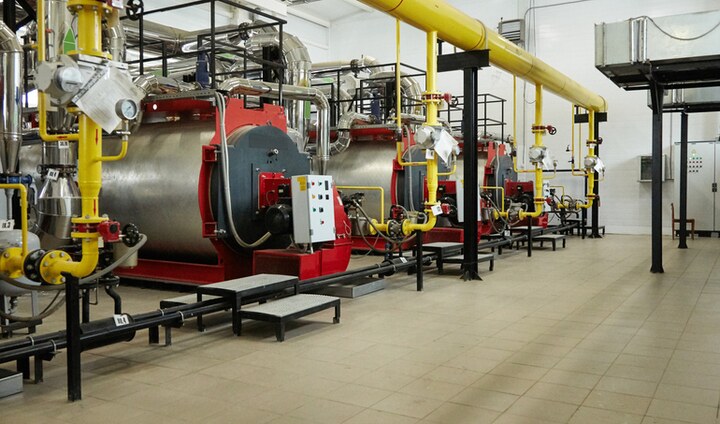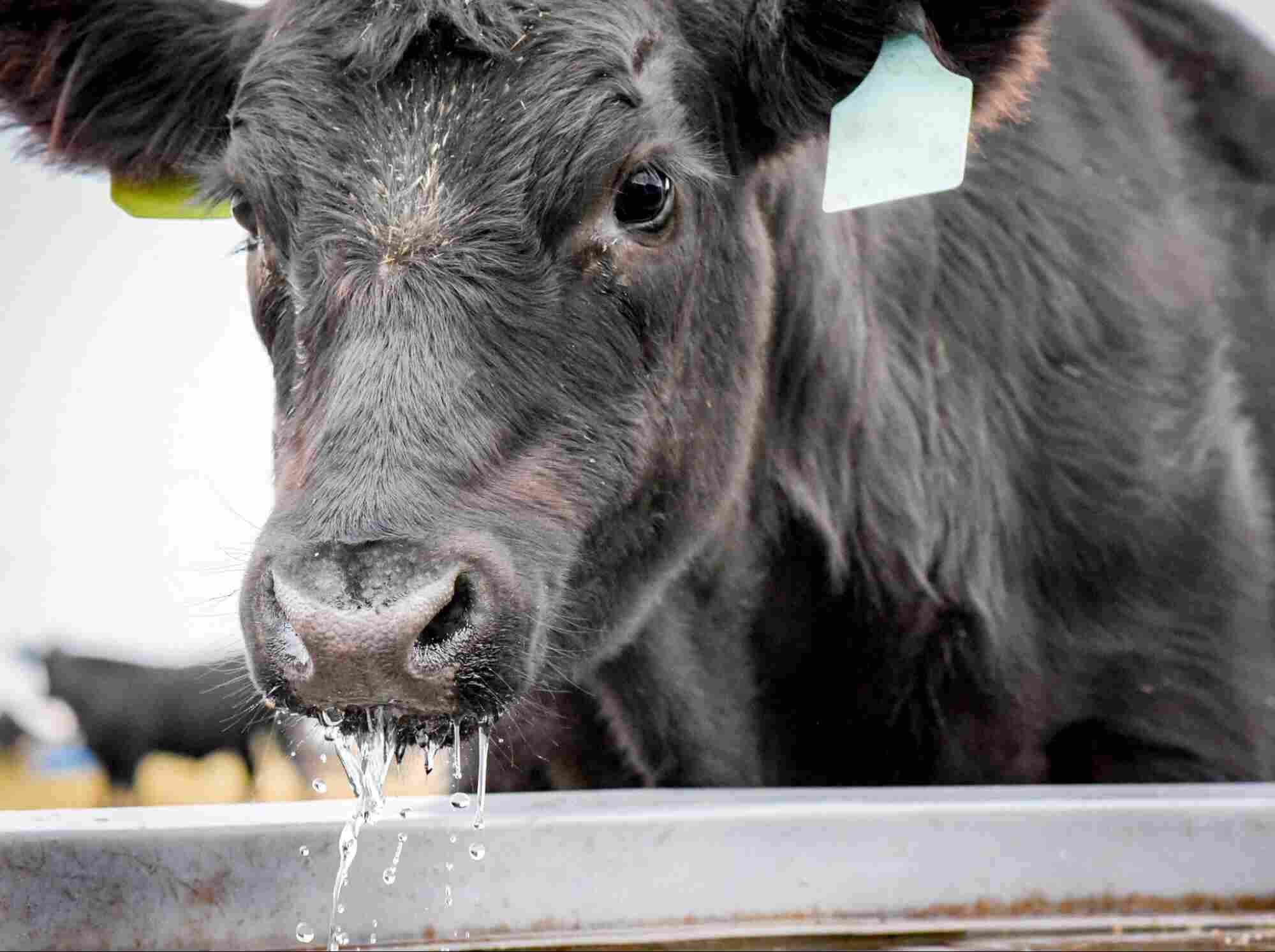The need for efficient, reliable electrical automation services is paramount in many sectors like agriculture, industrial, and food & beverage industries. At Current Group, we understand the intricacies of electrical design, installation, automation, and maintenance. Choosing the right project delivery method is crucial for the success of any project. Two of the most common approaches are Design-Build and Design-Bid-Build. In this blog post, we’ll delve into the key differences between design-build vs. design-bid-build, along with their respective pros and cons, to help you make informed decisions for your next project with Current Group.
Design-Build: A Collaborative Approach
The Design-Build method brings design and construction functions together under one roof. This approach fosters a collaborative environment where the designer and contractor work together from the project’s inception to completion.

Pros:
- Single Point of Responsibility: One entity is accountable for every aspect of the project, which can simplify communication and decision-making processes.
- Time Efficiency: With an integrated team, projects can move more quickly from the design phase to construction, reducing overall project timelines.
- Cost Savings: Early collaboration in the design phase can help identify more cost-effective solutions and minimize costly changes later.
- Enhanced Communication: Having the entire team under one contract facilitates better communication and collaboration, potentially leading to innovative solutions and fewer conflicts.
Cons:
- Less Competitive Bidding: Since the design and build aspects are handled by the same entity, there’s less opportunity for competitive bidding in the construction phase, which could lead to higher costs.
- Limited Design Options: The focus on streamlining the project might result in fewer design iterations, potentially limiting custom or innovative design solutions.
- Perceived Loss of Control: Some clients may feel that they have less control over the project when all services are bundled together, especially if they have specific, nuanced requirements.
Design-Bid-Build: The Traditional Route
Design-Bid-Build is the more traditional project delivery method, where the project is distinctly segmented into design, bid, and build phases. The client hires an architect or engineer to design the project, then contractors bid on the construction job, and finally, the project is built.

Pros:
- Competitive Bidding: This method allows for competitive bidding during the construction phase, which can lead to cost savings for the client.
- Greater Design Control: Clients may have more opportunities to refine and adjust the design before construction begins, ensuring it meets their needs and specifications.
- Clear Separation of Duties: With distinct phases and separate contracts for design and construction, responsibilities are delineated, which can simplify accountability.
Cons:
- Longer Timelines: The sequential nature of this approach can extend project timelines, as each phase must be completed before moving on to the next.
- Increased Complexity: Managing separate contracts and coordinating between multiple entities can complicate communication and project management.
- Potential for Higher Costs: While competitive bidding can reduce construction costs, design changes during the bidding or construction phases can cause increased expenses.
Making the Right Choice for Your Project
Choosing between Design-Build vs. Design-Bid-Build depends on several factors, including your project’s complexity, timeline, budget, and your desire for involvement in the design and construction processes. While Design-Build offers a streamlined, collaborative approach with the potential for time and cost savings, Design-Bid-Build allows for greater control over the design process and competitive pricing on construction.

By carefully considering the nature of your project and priorities, you can select a project delivery method that aligns with your goals, ensuring a successful outcome for your electrical automation needs. At Current Group, we are committed to guiding our clients in the agricultural, industrial, and food & beverage industries through this decision-making process, ensuring that your electrical automation projects are delivered with the highest quality and efficiency, regardless of the chosen method. Contact us today!






